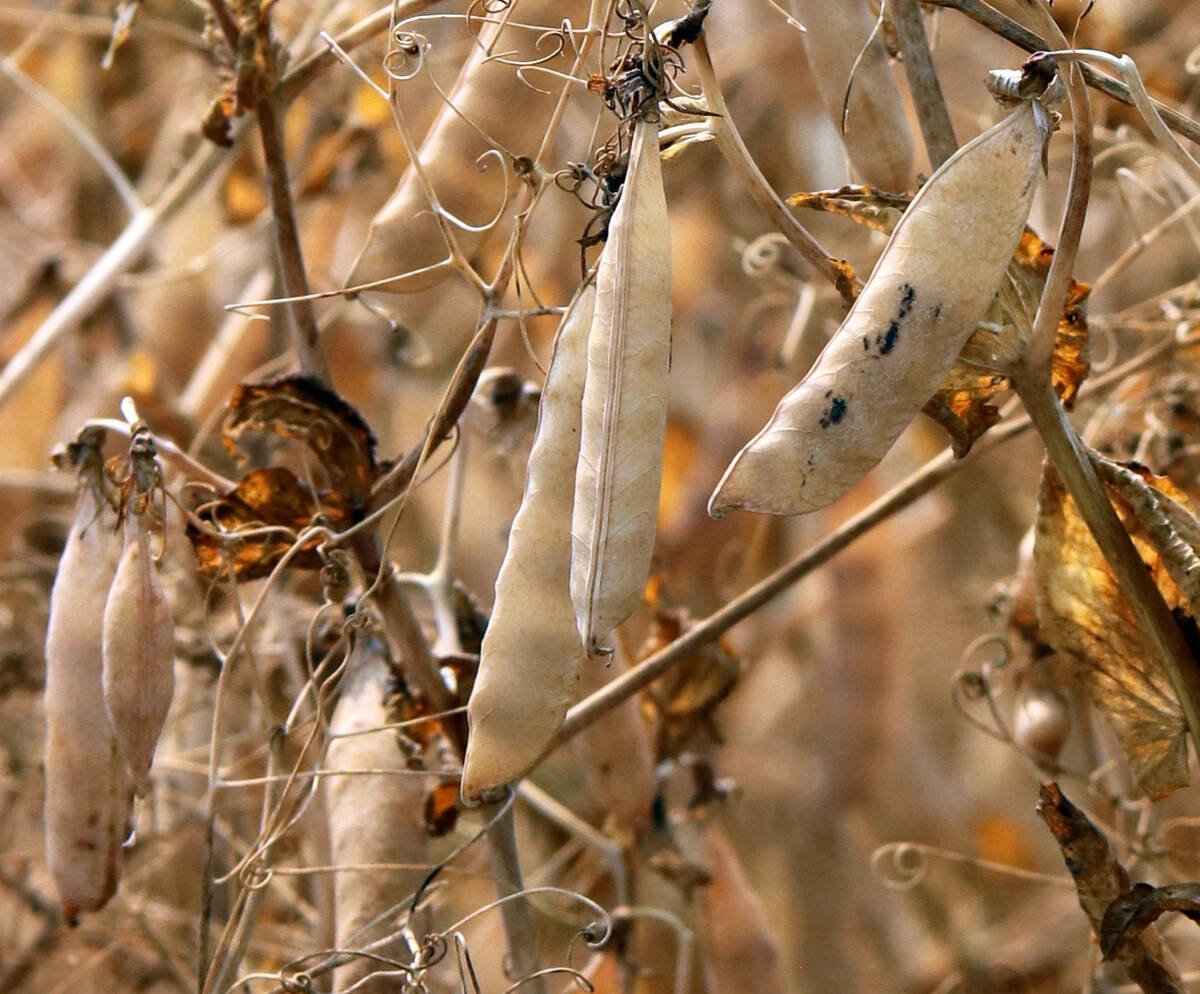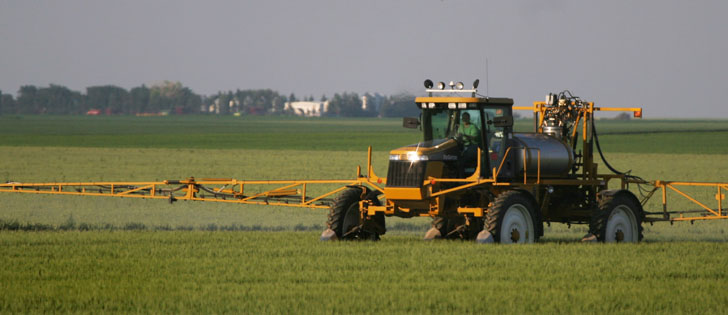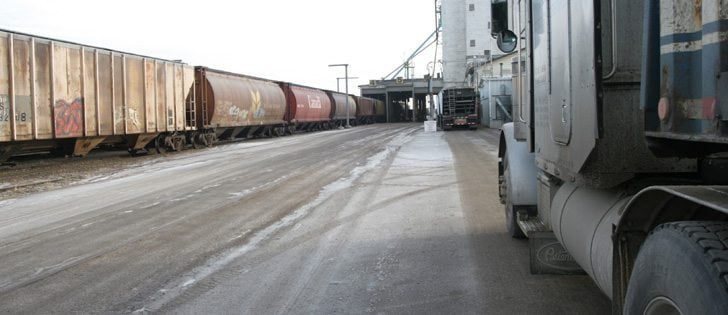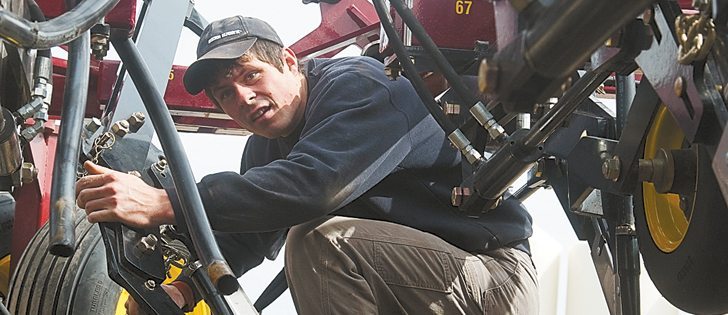The U.S. Department of Agriculture’s forecast last week of a record large U.S. corn crop in 2012 and a doubling of stocks by the end of 2012-13 took the wind out of the grain market’s sails.
The forecast is based on a seeded area of 94 million acres, harvested area of 87 million acres and average yield of 164 bushels an acre, producing a crop of 14.27 billion bu.
Total supply is pegged at 15.086 billion bu., total use at 13.47 billion and carryout stocks at 1.616 billion, up from the critically tight 801 million expected this year.
Read Also

Trump’s tariffs take their toll on U.S. producers
U.S. farmers say Trump’s tariffs have been devastating for growers in that country.
The yield outlook is based on a long-term trend of increasing bushels per acre thanks to improving seed genetics, but the short-term trend has been one of disappointing yields.
The 2011 crop averaged only 147.2 bu. per acre, compared to 152.8 in 2010, 164.7 in 2009, 153.9 in 2008 and 150.7 in 2007. The five year average is 153.86.
So you can argue that 164 bu. per acre is a bit ambitious.
If you knock it back to 155 bu. per acre, which is still better than the five-year average, and keep the other acreage and consumption numbers the same, the carryout for 2012-13 falls below the critically tight one billion bu. mark again.
With good weather, 164 bu. per acre is certainly attainable.
And what is the chance of having a third year in a row of problem weather?
However, corn users should not become complacent based on headlines that tout a doubling of stocks without considering the yield assumptions that underlie the forecast.














